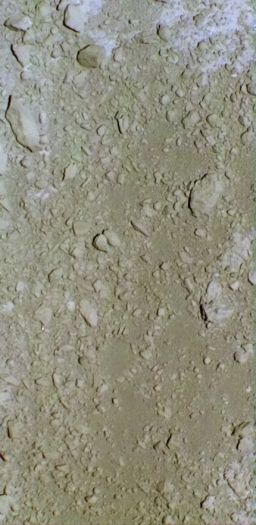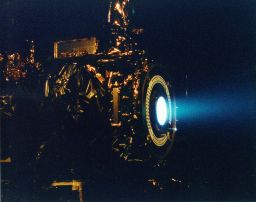Emily Lakdawalla • Oct 01, 2007
A few random news items from last week: SOHO spots a return visitor; Astronauts on asteroids; MESSENGER update; Dawn tests
I am trying to do a better job of keeping my inbox cleared out, so here's a potpourri of topics that I thought were too interesting to delete, but that I couldn't find the time to write full stories on.SOHO, the Solar and Heliospheric Observatory, has discovered more than a thousand comets, so it hardly seems to be news when it finds another one; but this week came the news that it found its first officially periodic one. That is, one comet was found to return on the same path, taking about four years to circle the Sun; it was first seen in 1999, then in September 2003. It wasn't realized right away that these two comets were one and the same. In 2005, a graduate student, Sebastian Hoenig, realized that the two orbits that had been determined for the two objects were very similar. If they were, in fact, the same object, he could predict when it would return; and indeed the comet returned, right on schedule, on September 11, 2007. So, great, it's a periodic comet. Except it doesn't look like a comet; there's no coma and no tail. It may be the fried cinder of a comet, whose previous close passages to the Sun have left behind a refractory crust of dark material that is sealing in icier stuff below.
And the MESSENGER team has pronounced their radio science system ready to perform during the three upcoming Mercury flybys, the first of which is on January 14 (less than four months away! Woo hoo!). With careful Doppler tracking of the spacecraft's radio signal as it flies by Mercury, they'll be able to put some constraints on the size of Mercury's core and whether it's solid or liquid. The MESSENGER team is eager to bag some of their mission success science goals even before they go in to orbit in March 2011.
And, lest I forget, check out Carnival of Space #22 over at Wandering Space; this week there's a theme to it, "The Art of Space," so pretty pictures abound!
Let’s Go Beyond The Horizon
Every success in space exploration is the result of the community of space enthusiasts, like you, who believe it is important. You can help usher in the next great era of space exploration with your gift today.
Donate Today

 Explore Worlds
Explore Worlds Find Life
Find Life Defend Earth
Defend Earth



